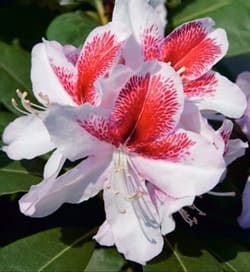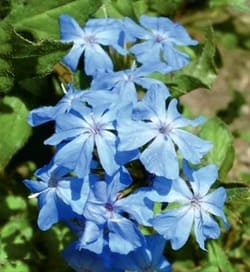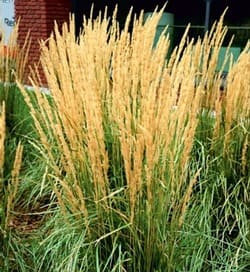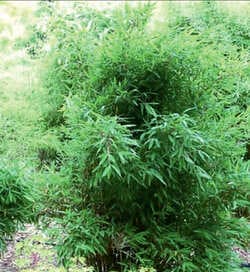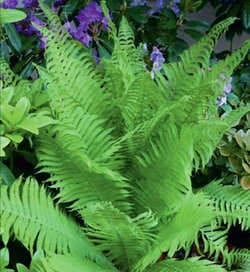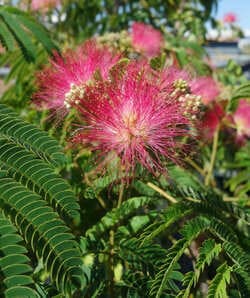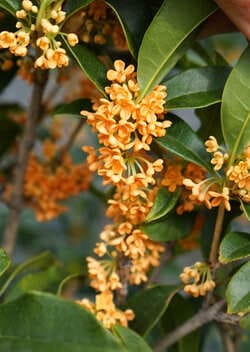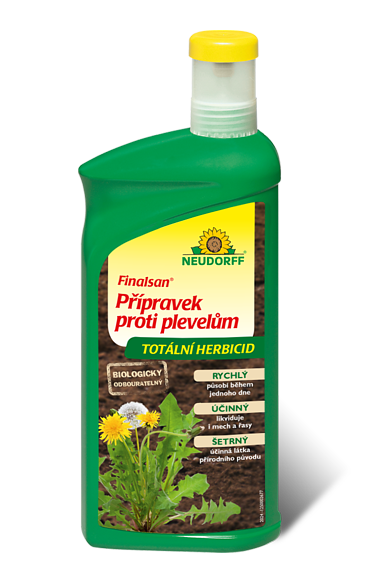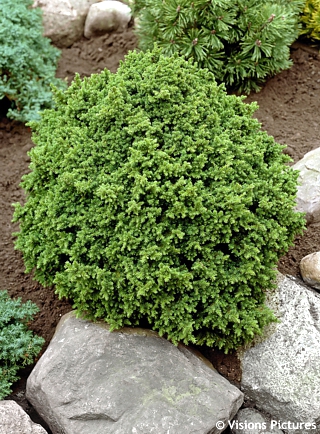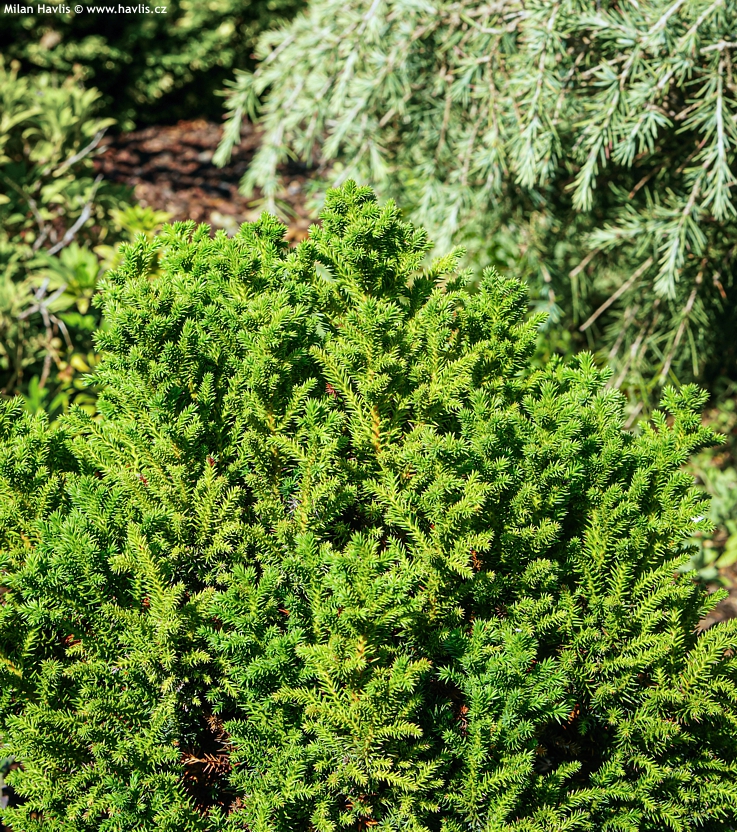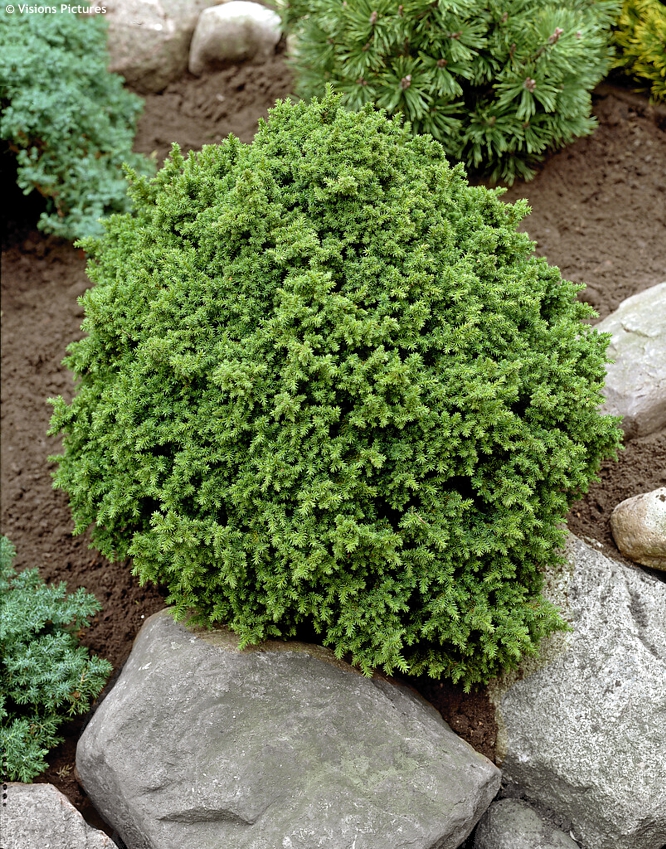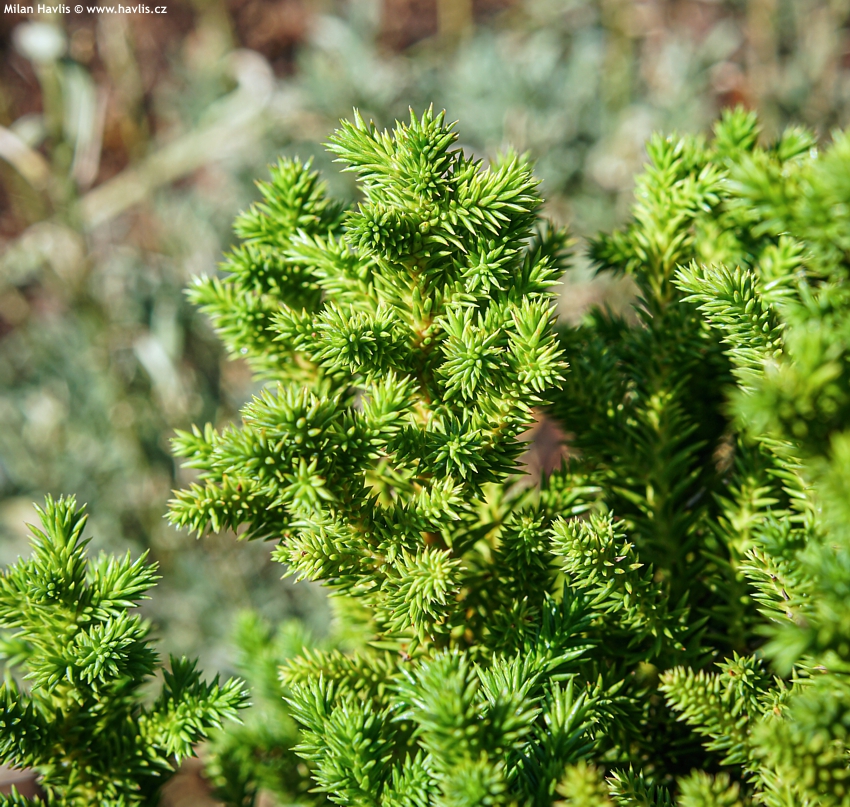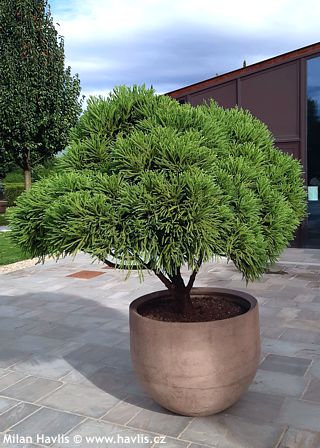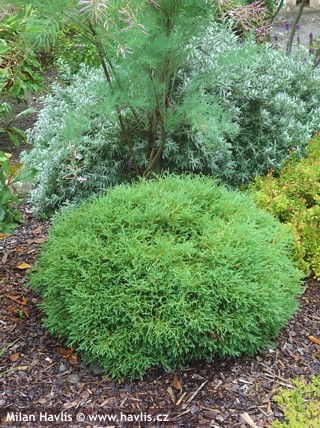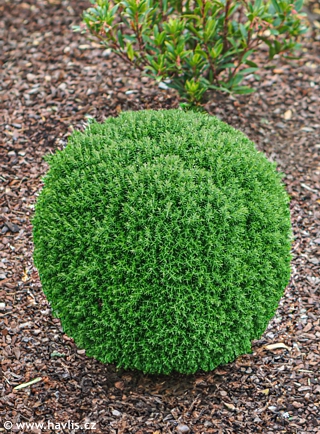Cryptomeria japonica 'VILMORINIANA' Japanese cedar
Cryptomeria
Cryptomeria is a monotypic genus which includes only one species: cryptomeria japonica – Japanese cedar. It is an evergreen conifer native to Japan and southeastern China, usually characterized by fresh green needles, seldom beige or yellow, a somewhat exotic appearance. Their existence on our planet dates back to the Jurassic period (208-144 million years ago) which is a heck of a long time to ignore it. We have tested every known and available variety in C.E. continental climate (USDA zone 5b) and they all do very well here.
Vilmoriniana is a dwarf variety of Japanese cedar imported from Japan and introduced around 1890 by French botanist and horticulturist Auguste Louis Maurice Lévêque de Vilmorin (1849-1918). At least 20 different plant species or cultivars proudly bear his name. This cryptomeria is a low and densely branched shrub of a spherical habit. Its evergreen needles are short, bright green in spring and summer and turning bronze red for autumn and winter on insolated parts of the shrub. It is ideal for small gardens or large rockeries and makes a neat understory filling the space under small trees or shrubs which canopies make only light shade (filtered sunlight).
Vilmoriniana Japanese cedar grows slowly and usually needs no pruning at all. Still, its size can be controlled by early spring shearing, after all frosts. Japanese cedar will grow in almost any well-drained soil, but for best results grow it in fertile, deep, always moist soil. Partial shade is best, and it can take full sun, too, if in constantly moist soil. It requires no fertilizing or pest protection. Sometimes you can see spot dry needles and branches deep inside the canopy which is normal in places where sun does not get to. Just remove them and have no fear of a disease. It is very hardy – it will withstand at least -27 °C without protection (USDA zone 5b).
Last update 14-12-2023












